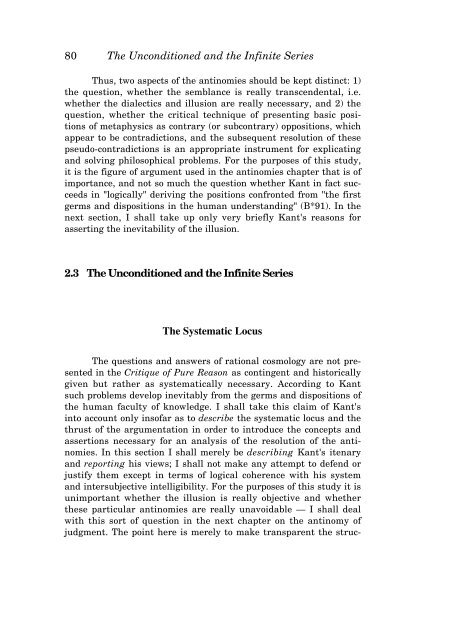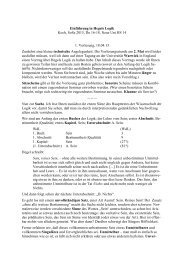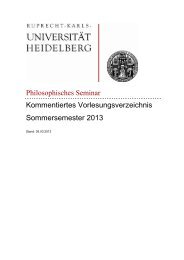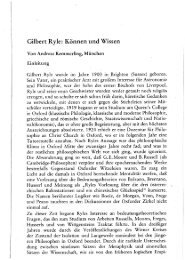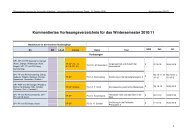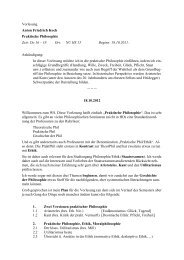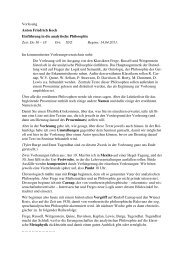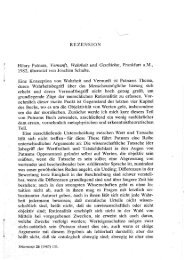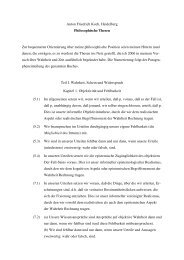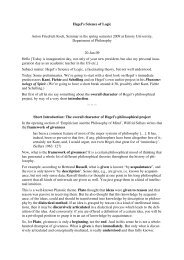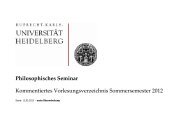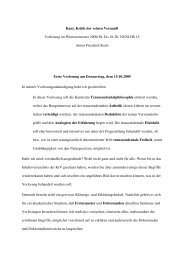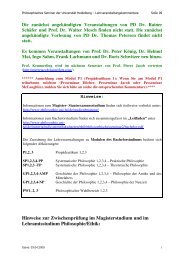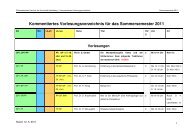KANT'S CRITIQUE OF TELEOLOGY IN BIOLOGICAL EXPLANATION
KANT'S CRITIQUE OF TELEOLOGY IN BIOLOGICAL EXPLANATION
KANT'S CRITIQUE OF TELEOLOGY IN BIOLOGICAL EXPLANATION
Create successful ePaper yourself
Turn your PDF publications into a flip-book with our unique Google optimized e-Paper software.
80 The Unconditioned and the Infinite Series<br />
Thus, two aspects of the antinomies should be kept distinct: 1)<br />
the question, whether the semblance is really transcendental, i.e.<br />
whether the dialectics and illusion are really necessary, and 2) the<br />
question, whether the critical technique of presenting basic positions<br />
of metaphysics as contrary (or subcontrary) oppositions, which<br />
appear to be contradictions, and the subsequent resolution of these<br />
pseudo-contradictions is an appropriate instrument for explicating<br />
and solving philosophical problems. For the purposes of this study,<br />
it is the figure of argument used in the antinomies chapter that is of<br />
importance, and not so much the question whether Kant in fact succeeds<br />
in "logically" deriving the positions confronted from "the first<br />
germs and dispositions in the human understanding" (B*91). In the<br />
next section, I shall take up only very briefly Kant's reasons for<br />
asserting the inevitability of the illusion.<br />
2.3 The Unconditioned and the Infinite Series<br />
The Systematic Locus<br />
The questions and answers of rational cosmology are not presented<br />
in the Critique of Pure Reason as contingent and historically<br />
given but rather as systematically necessary. According to Kant<br />
such problems develop inevitably from the germs and dispositions of<br />
the human faculty of knowledge. I shall take this claim of Kant's<br />
into account only insofar as to describe the systematic locus and the<br />
thrust of the argumentation in order to introduce the concepts and<br />
assertions necessary for an analysis of the resolution of the antinomies.<br />
In this section I shall merely be describing Kant's itenary<br />
and reporting his views; I shall not make any attempt to defend or<br />
justify them except in terms of logical coherence with his system<br />
and intersubjective intelligibility. For the purposes of this study it is<br />
unimportant whether the illusion is really objective and whether<br />
these particular antinomies are really unavoidable — I shall deal<br />
with this sort of question in the next chapter on the antinomy of<br />
judgment. The point here is merely to make transparent the struc-


